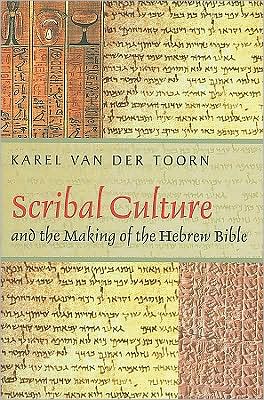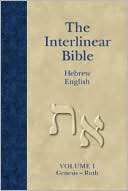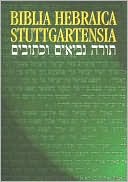Scribal Culture and the Making of the Hebrew Bible
We think of the Hebrew Bible as the Book—and yet it was produced by a largely nonliterate culture in which writing, editing, copying, interpretation, and public reading were the work of a professional elite. The scribes of ancient Israel are indeed the main figures behind the Hebrew Bible, and in this book Karel van der Toorn tells their story for the first time. His book considers the Bible in very specific historical terms, as the output of the scribal workshop of the Second Temple active...
Search in google:
We think of the Hebrew Bible as the Book—and yet it was produced by a largely nonliterate culture in which writing, editing, copying, interpretation, and public reading were the work of a professional elite. The scribes of ancient Israel are indeed the main figures behind the Hebrew Bible, and in this book Karel van der Toorn tells their story for the first time. His book considers the Bible in very specific historical terms, as the output of the scribal workshop of the Second Temple active in the period 500-200 BCE. Drawing comparisons with the scribal practices of ancient Egypt and Mesopotamia, van der Toorn clearly details the methods, the assumptions, and the material means of production that gave rise to biblical texts; then he brings his observations to bear on two important texts, Deuteronomy and Jeremiah.Traditionally seen as the copycats of antiquity, the scribes emerge here as the literate elite who held the key to the production as well as the transmission of texts. Van der Toorn's account of scribal culture opens a new perspective on the origins of the Hebrew Bible, revealing how the individual books of the Bible and the authors associated with them were products of the social and intellectual world of the scribes. By taking us inside that world, this book yields a new and arresting appreciation of the Hebrew Scriptures.
Acknowledgments viiAbbreviations ixIntroduction 11 Books that are not Books: Writing in the World of the Bible 92 Authorship in Antiquity: Practice and Perception 273 In Search of the Scribes, I: Comparative Evidence 514 In Search of the Scribes, II: The Biblical Evidence 755 Making Books: Scribal Modes of Text Production 1096 The Teaching of Moses: Scribal Culture in the Mirror of Deuteronomy 1437 Manufacturing the Prophets: The Book of Jeremiah as Scribal Artifact 1738 Inventing Revelation: The Scribal Construct of Holy Writ 2059 Constructing the Canon: The Closure of the Hebrew Bible 233Notes 267Selected Bibliography 367Index 393







